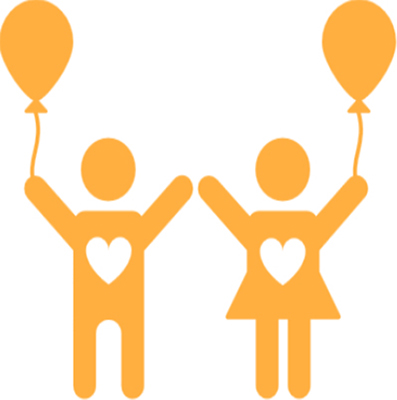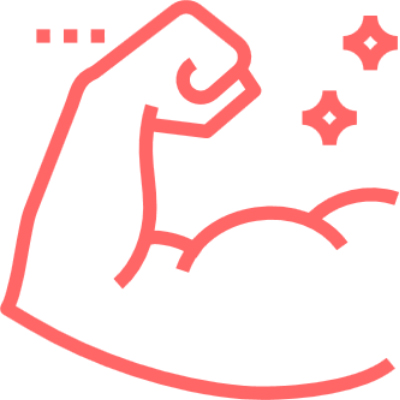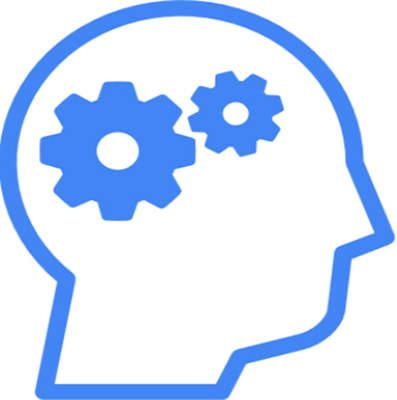Discovery Preschool Education (2 - 3 Years)
Your little one is discovering more and more each day. Our approach to teaching this age as they navigate their world uses music, art, and movement while nurturing their progress toward preschool.
A day in the life of your two-year old
Our time with your child includes learning and social opportunities like simple addition and subtraction and science, movement and imaginative play with props and dress-up clothes. Much of this will include group play where your child will make friends and learn co-operation and taking turns.
Your two-year old's developmental areas
- Use a growing number of words to express needs and ideas
- Learn the difference between similar-sounding words with rhyming games
- Ask and answer simple questions about stories in books
- Start to understand that drawing and writing are ways to communicate
- Complete simple two-step tasks like finding and stacking red blocks when asked to build a red tower
- Start to follow rules independently like going to the sink to wash hands
- Stay focused for several minutes while attending to an activity
- Think creatively about new ways to play with a toy
- Interact with new people and feel comfortable playing around them
- Share with other children and take turns doing different things
- Build an appreciation for diversity by seeing and talking about how people are the same and how they are different
- Complete activities with confidence and look for new challenges like putting on shoes and trying to tie the laces
- Improve running skills and start to jump and hop
- Understand and follow basic health and safety routines
- Show increased control of hands and fingers
- Begin to help make food like washing fruit, mixing and pouring ingredients
- Start to count, know numbers and basic shapes
- Explore simple addition and subtraction using songs
- Build science knowledge including the difference between day and night plus different types of weather
- Understand basic social studies like people’s roles within the community
- Experiment with different art materials to create two-and-three dimensional artwork
- Use creative movement to demonstrate feelings
- Explore dress-up clothing and props during imaginary play
- Begin to use music to express feelings






